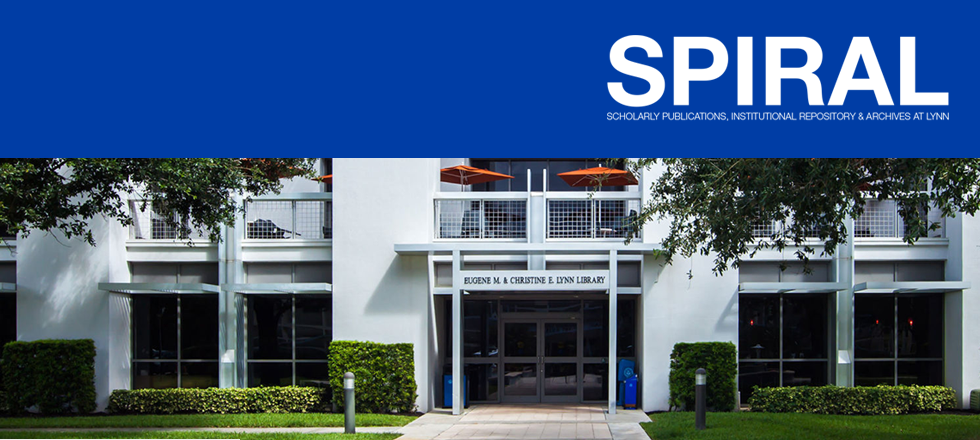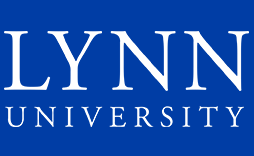Graduate Student Dissertations, Theses, Capstones, and Portfolios
Date of Award
5-15-2023
Document Type
Thesis
Granting Institution
Lynn University
Degree Name
Master of Science (MS)
Degree Program
Biological Science
Department
College of Arts and Sciences
First Advisor
Cassandra Korte
Abstract
Aluminum exposure has been linked to the development of neurological diseases (Kim et al., 2021). It has increased in quantity in the environment due to industrial activity in producing personal care products and fast food (Tietz et al., 2019). The freshwater invertebrate planarian flatworm Giardia dorotocephala (G. dorotocephala) serves as a model organism. Humans and planarians both express the ion channel transient receptor potential ankyrin 1 (TRPA1), which is responsible for thermotaxis, locomotive response to heat, and pain reception (Arenas et al., 2017). Aluminum exposure can exert ion channel-related toxicity via the TRPA1 protein. It has been found that planarian TRPA1 activates when exposed to light. The planarians have a photophobic reaction to light sources, meaning that when exposed to a light source they will instinctually swim away and towards the darkest area they can reach. This experiment addresses the question of what effect aluminum has on planarian photophobic behavior. We hypothesize that aluminum ion exposure increases photophobic behavior in planarians. The study was split into different parts that built off each other. First, planarians were exposed to various concentrations to determine their aluminum to reference dosage. It was determined that 300 mg/L aluminum was the highest dosage without acute behavioral toxicity. Next, we observed their reaction to different wavelengths of light to observe natural photophobic behavior in G. dorotocephala. The results suggest that all light sources garnered a photophobic response, while the no light control did not. The next experiment co-exposed the planarians to 300 mg/L aluminum and different wavelengths of light. It was found that white exposure did not elicit photophobic behavior, while UV light did cause photophobia, though this was dependent on the duration of aluminum exposure. To observe the planarians' behavior to light when TRPA is modulated, they were exposed to HC-030031 dissolved in DMSO and DMSO alone. For both white and UV light, there was a steady decrease in their photophobic behavior. Taken together these results suggest that aluminum does not amplify their photophobic behavior. We suggest aluminum may instead inhibit planarian motility.
Recommended Citation
Velez, A. (2023). The effects of aluminum ion exposure on planarian photophobic response to different wavelengths of light [Masters thesis, Lynn University]. SPIRAL. https://spiral.lynn.edu/etds/394



